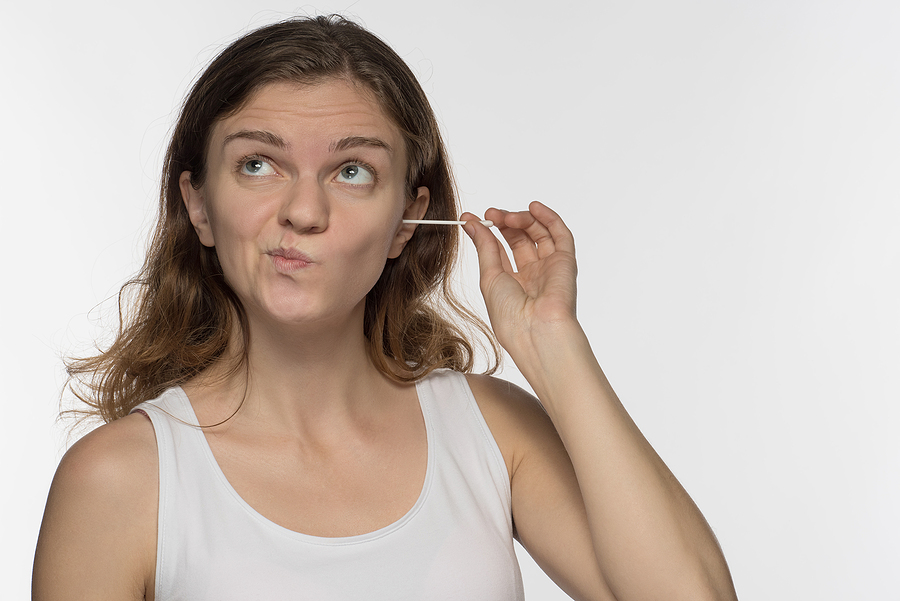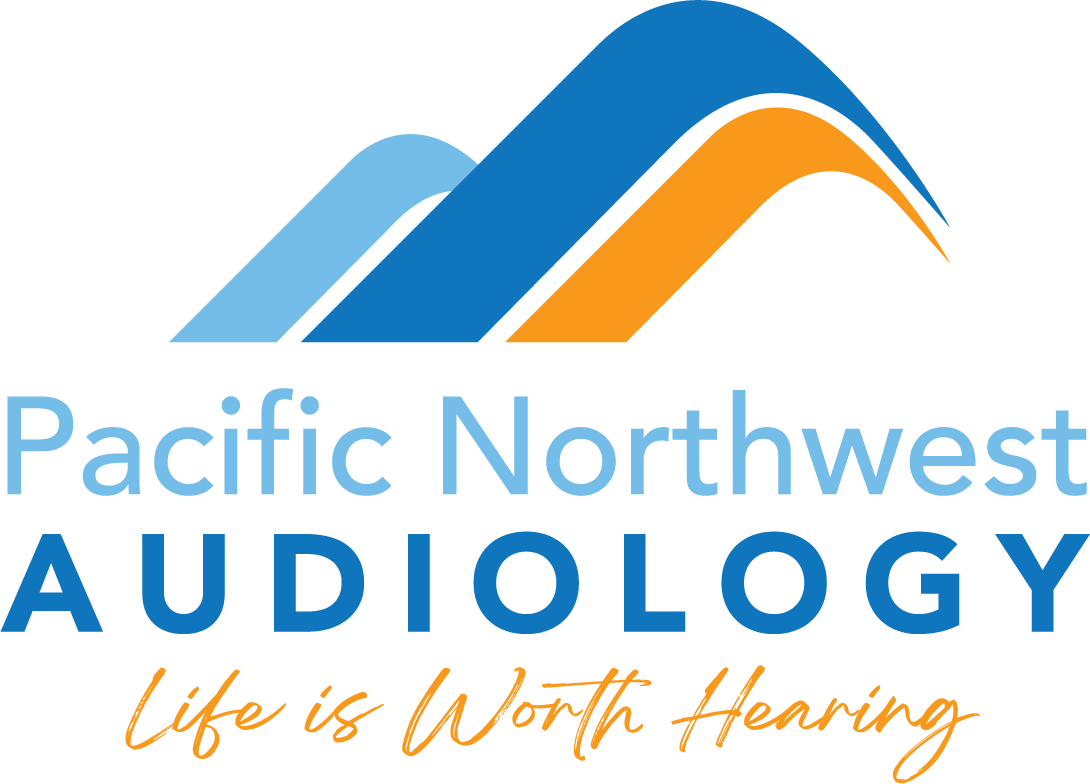
Our ears play a crucial role in our daily lives, allowing us to connect with the world of hearing. Keeping our ears clean is an important aspect of ear health. But do you know how to safely clean your ears? In this comprehensive guide, we’ll explore the do’s and don’ts of ear cleaning at home, delve into the types of professional ear cleaning offered by hearing health specialists, and provide insights on maintaining a healthy ear care routine.
Home Ear Cleaning: Do’s and Don’ts
First, let’s look at the do’s of home ear cleaning:
- Gentle Outer Ear Cleaning: Use a soft washcloth or cotton swab to gently clean the outer part of your ears. Avoid inserting anything into the ear canal to prevent pushing wax deeper or causing damage.
- Warm Water Rinse: Allow warm water to run into your ears during a shower, helping to soften and wash away excess earwax. Tilt your head to let water escape, preventing it from getting trapped.
- Over-the-Counter Drops: Over-the-counter ear drops can help soften earwax, making it easier to wash out during routine showering. Follow the instructions on the product carefully.
Now for some important don’t:
- Don’t Use Cotton Swabs in the Ear Canal: Avoid inserting cotton swabs or any objects into the ear canal. This can push earwax deeper, may damage the delicate structures, and can lead to impacted earwax.
- Don’t Overclean: Our ears are self-cleaning. Overcleaning can disrupt the natural balance and lead to irritation or injury. Stick to a gentle routine as needed.
Signs You May Need Professional Ear Cleaning
While the ears are self-cleaning, and earwax normally dries out and rinses out of the ears during a shower, there are times you may need professional ear cleaning:
- Earwax Impaction: If you experience symptoms of earwax blockage, such as hearing loss, tinnitus, or dizziness, seek professional ear cleaning.
- Chronic Ear Infections: Individuals prone to chronic ear infections may benefit from periodic professional cleaning to prevent buildup and reduce infection risks.
- Earache or Discomfort: Persistent earache or discomfort may indicate an underlying issue that requires support from a hearing health specialist.
Types of Professional Ear Cleaning
When you have impacted earwax, a hearing health specialist can use several safe techniques to remove the earwax blockage:
- Irrigation: Irrigation involves flushing the ear canal with a gentle stream of warm water to dislodge and remove earwax. This method is often effective for mild to moderate earwax buildup.
- Manual Removal: In cases where earwax is impacted and resistant to other methods, a hearing health specialist may opt for manual removal using specialized tools. This procedure should only be performed by trained professionals to avoid injury.
- Curette Method: A curette is a spoon-shaped instrument used by specialists to carefully scoop out earwax. This method is precise and must be done by a trained professional.
Do You Need Professional Ear Cleaning?
If you experience symptoms of earwax impaction, schedule an appointment with a hearing health specialist for a thorough examination. We will assess your ear health and determine the most suitable cleaning method. Let us know about any symptoms you may be experiencing, such as hearing loss, tinnitus, or discomfort. This information guides the specialist in addressing your concerns effectively.
During the appointment, provide a detailed health history, including any previous ear issues, infections, or surgeries. This information helps the specialist tailor the cleaning approach to your specific needs.
Maintaining Ear Health
Schedule regular check-ups with your hearing health specialist to monitor ear health and address any emerging issues promptly. If you notice any signs of earwax blockage, don’t use an earwax removal kit without professional guidance. These kits can be harsh on the ear canals and may cause damage if not used correctly.
A Good Approach to Ear Cleaning
Maintaining healthy ears involves a combination of gentle home care practices and professional ear cleaning when needed. By understanding the do’s and don’ts of home ear cleaning, recognizing signs that may warrant professional intervention, and staying proactive in your ear health, you can enjoy the sounds around you with clarity and comfort.
If you have any concerns about your hearing health, visit us today for more support.
